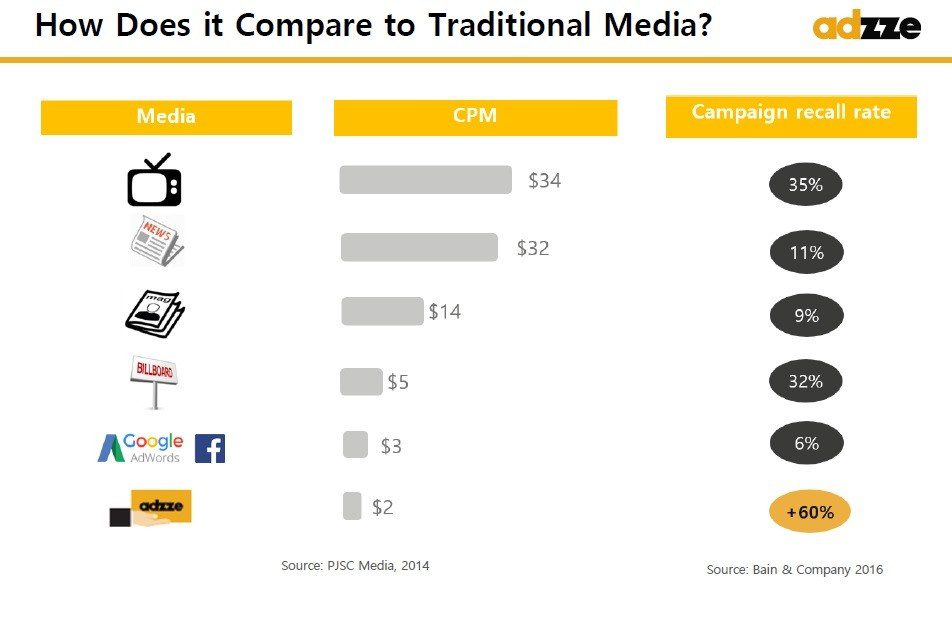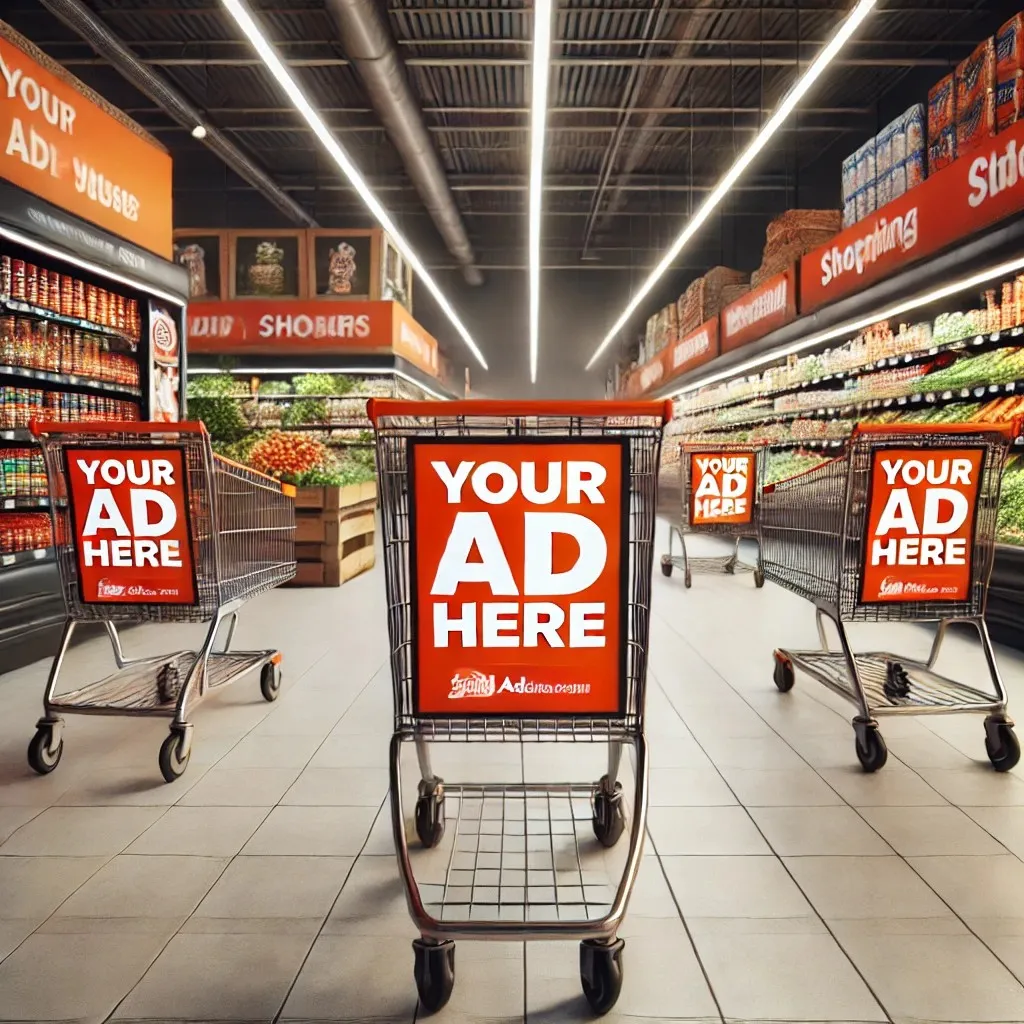Grocery store ads have long been a powerful tool for brands looking to capture the attention of consumers in a high-traffic retail environment. However, as competition grows and traditional advertising methods saturate the market, brands need to explore more engaging and innovative approaches. One such strategy is in-hand advertising, a technique that places branded materials directly into the hands of shoppers, enhancing brand recall and driving consumer action.
In this blog, we’ll dive into the concept of in-hand advertising within grocery stores, why it’s effective, and how brands can leverage it to maximize their marketing efforts.
Why Grocery Store Ads Matter
Grocery stores attract a diverse and captive audience, making them an ideal location for advertising. Whether shoppers are on a quick errand or a weekly stock-up trip, they are exposed to countless touchpoints throughout their journey. Grocery store ads capitalize on this exposure by targeting consumers when they are most receptive to making purchasing decisions.
Benefits of Grocery Store Advertising: 
1. High Foot Traffic: Thousands of shoppers visit grocery stores daily, offering a significant opportunity to reach a broad audience.
2. Targeted Marketing: Brands can tailor ads based on product placement, seasonal trends, and customer demographics.
3. Impulse Buying Behavior: With strategically placed ads, brands can influence shoppers’ purchasing decisions in real time.
The Rise of In-Hand Advertising in Grocery Stores
Traditional grocery store ads, such as aisle signage, digital displays, and shelf talkers, have proven effective. However, in-hand advertising offers a personalized and direct approach that captures consumer attention in a unique way. In-hand advertising refers to marketing materials placed directly in the hands of shoppers through mediums such as:
1. Branded shopping bags
2. Printed coupons attached to receipts
3. Hand-delivered samples
4. Checkout divider advertisements
Why In-Hand Advertising Works
1. Tactile Engagement: Shoppers physically interact with the ad, making it more memorable compared to traditional visual ads.
2. Targeted Placement: Ads can be placed at key points in the customer journey, such as checkout lines or product aisles.
3. Cost-Effective: Compared to large-scale billboards, in-hand grocery store ads can offer a lower cost-per-thousand impressions (CPM) while providing a higher return on investment.
4. Action-Oriented: In-hand ads often contain calls-to-action (CTAs) such as QR codes, coupons, or discount offers that drive immediate responses.
Effective In-Hand Advertising Strategies for Grocery Stores
1. Grocery Cart Advertising 
Grocery cart advertising offers a unique opportunity to capture consumer attention throughout their shopping journey. Placing branded ads on grocery cart handles, child seats, or side panels ensures repeated exposure as customers navigate the aisles. This form of advertising effectively reinforces brand messages in a high-engagement environment.
Example:
A financial services company promoting a new credit card with grocery rewards can place branded ads on cart handles. As shoppers browse, they are consistently reminded of the benefits, making it more likely they will consider applying for the card.
2. Printed Coupons and Receipts
Adding promotional offers directly to receipts or handing out printed coupons at checkout allows brands to provide instant incentives for future purchases.
Example:
A cereal brand can print $1-off coupons on receipts, encouraging shoppers to return and purchase their product on their next visit.
3. Checkout Divider Ads
Checkout dividers present a prime advertising opportunity as shoppers are stationary and focused, making them more likely to absorb the marketing message. These dividers can be used to highlight limited-time offers, new product launches, or brand values.
Example:
A dairy brand could promote their plant-based milk alternatives with eco-friendly messaging on checkout dividers.
4. Hand-Delivered Samples
Sampling remains one of the most effective grocery store ad strategies, allowing consumers to experience the product firsthand. In-hand product samples, coupled with informative flyers, help brands create an immediate connection.
Example:
A beverage company can offer free samples of their new flavored water along with a discount code to encourage trial and repeat purchases.
Comparing In-Hand Advertising with Traditional Grocery Store Ads
When considering advertising options, brands must evaluate the effectiveness and cost-efficiency of various strategies. Below is a comparison of in-hand advertising with traditional grocery store ads.

As seen in the table, in-hand advertising offers a cost-effective solution with a high engagement rate, making it a favorable choice for brands looking to optimize their grocery store marketing efforts.

Measuring the Impact of In-Hand Grocery Store Ads
To ensure success, brands must measure the performance of their in-hand advertising campaigns. Some key performance indicators (KPIs) to track include:
1. Redemption Rates: Track how many coupons or promo codes are redeemed.
2. Sales Uplift: Measure the increase in sales during and after the campaign.
3. Customer Feedback: Conduct surveys to gauge customer perception of the ad.
4. Store Traffic: Analyze whether the ads contributed to an increase in foot traffic.
FAQs About In-Hand Grocery Store Ads
1. How much does in-hand advertising in grocery stores cost?
In-hand advertising is affordable, with costs typically ranging between $2 to $10 CPM, making it a budget-friendly alternative to traditional store ads.
2. Can in-hand grocery store ads be customized for specific promotions?
Yes, in-hand ads are highly customizable and can be tailored to specific products, promotions, or seasonal campaigns.
3. How effective are branded shopping bags as an advertising medium?
Branded shopping bags offer extended exposure, as consumers carry them home and often reuse them, further reinforcing brand messaging.
4. What types of businesses can benefit from in-hand grocery store ads?
Industries such as food & beverage, health & wellness, and financial services can all benefit from the direct engagement provided by in-hand advertising.
5. Are QR codes effective in grocery store ads?
Yes, QR codes provide an interactive experience, allowing shoppers to instantly access promotions, websites, or social media pages.








